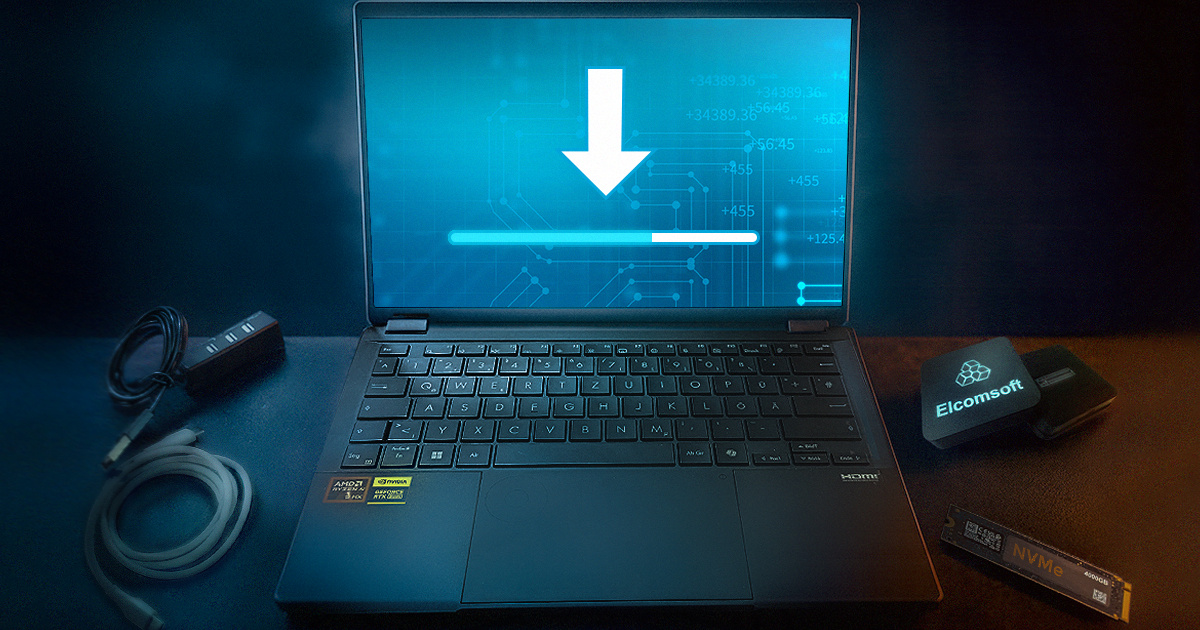Apple’s unified logging system offers a wealth of information for forensic investigators analyzing iOS, iPadOS, watchOS, tvOS, and other devices from Apple ecosystems. Originally designed for debugging and diagnostics, these logs capture a continuous stream of detailed system activity – including app behavior, biometric events, power state changes, and connectivity transitions. In digital forensics, where traditional sources of evidence like backups or app data may be encrypted or inaccessible, the logs provide an alternative and often untapped reservoir of forensic artifacts. This article explores the content, availability, and forensic value of Apple logs collected via sysdiagnose across different device types, focusing on practical methods for extraction and analysis using modern forensic tools.
In June 2025, headlines shouted that 16 billion passwords had leaked. Major outlets warned that credentials for Apple, Google, and other platforms were now exposed. As expected, this triggered a wave of public anxiety and standard advice: change your passwords immediately. Upon closer examination, however, technical sources clarified the situation. This was not a new breach, nor did it expose fresh credentials. The dataset was an aggregation of previously leaked databases, malware logs from infostealers, junk records and millions of duplicate entries. Essentially, it was old material, repackaged and redistributed under a sensational label. For digital forensics teams, however, the question remains open: could this kind of dataset be useful in real-world password recovery? In this article, we will explore if massive password leaks have practical value in the lab.
When it comes to digital evidence, most investigators naturally focus on smartphones – and occasionally tablets. But the rest of the Apple ecosystem often goes unnoticed: Apple Watch, Apple TV, HomePod, even older iPod Touch models. These supplementary devices might seem irrelevant, but they can contain valuable digital artifacts: activity logs, Wi‑Fi credentials, leftover bits and pieces of information, system logs, and even synced photos.
If you’re doing forensic work today, odds are you’re imaging SSDs, not just spinning hard drives. And SSDs don’t behave like HDDs – especially when it comes to deleted files. One key reason: the TRIM command. TRIM makes SSDs behave different to magnetic hard drives when it comes to recovering deleted evidence. This article breaks down what TRIM actually does, how SSDs respond, and what forensic experts need to know when handling modern storage.


